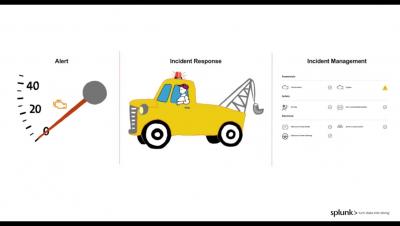Adaptable Incident Response With Splunk Phantom Modular Workbooks
Splunk Phantom is a security orchestration, automation and response (SOAR) technology that lets customers automate repetitive security tasks, accelerate alert triage, and improve SOC efficiency. Case management features are also built into Phantom, including “workbooks,” that allow you to codify your security standard operating procedures into reusable templates.



